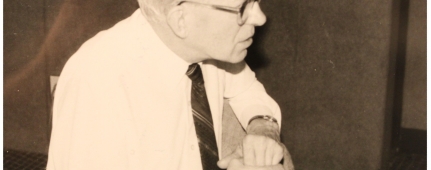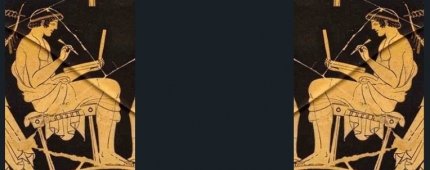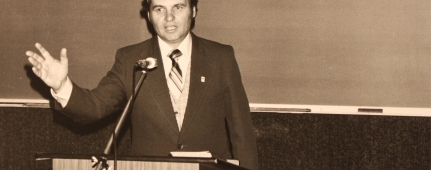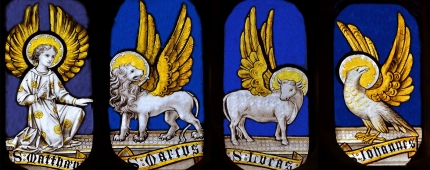Deuteronomy 2:10–12—How could this have been written by Moses when it refers to the land of promise which he never entered?
Problem: Moses died before he could enter the Promised Land and was buried outside of it on the east side of the Jordan river (Deut. 34). But, this passage refers to the “land of their possession” as something that Israel possessed at the time it was written. Therefore, it would appear that Deuteronomy could not have been written by Moses, as it is traditionally claimed.
Solution: Some scholars claim that these verses are parenthetical and may have been added by a later editor. This view is supported by noting the brevity of the verses, the fact that they are in parentheses, and that Moses was already buried before the children of Israel entered the Land (Deut. 34:4–6), a fact that was obvious to all readers. However, there is no need to conclude that Moses did not write these sections, since “the land of their possession” can easily refer to the Tribes who had already taken their possession on the east side of Jordan before Moses died (Deut. 3:12–17).
While most evangelical scholars recognize that there are small editorial and explanatory changes, like updating names, they oppose the critical belief that Moses did not write all of the first five books of the OT (except Deut. 34). These verses here seem to be more than minor explanatory insertions for later readers.
Evangelical scholars stress the difference between minor editorial changes in accordance with the original author’s meaning and later redactional changes that are contrary to the meaning of the original text. The following chart illustrates the differences between the two.
There are serious problems with the claims of critics that later redactors changed the content of previous prophetic writings.
1. It is contrary to the repeated warning God gave not to “add to the word which I [God] command you” (Deut. 4:2; cf. Prov. 30:6; Rev. 22:18–19).
2. The redaction theory confuses canonicity and lower textual criticism. The question of scribal changes in transmitting a manuscript of an inspired book is one of textual criticism, not canonicity.
3. The “inspired redactor” theory is contrary to the biblical use of the word “inspired” (2 Tim. 3:16). The Bible does not speak of inspired writers, but only of inspired writings. Furthermore, inspired (theopneustos) does not mean to “breathe into” the writers, but to “breath out” the writings.
4. The redaction theory is contrary to the evangelical view that only the autographs (original writings) are inspired. If it is only the final redacted version that is inspired, then the original writings were not the ones breathed out by God.
5. Inspired redaction would also eliminate the means by which prophetic utterance could be tested by those to whom it was given.
6. The redaction model shifts the locus of divine authority from the original prophetic message (given by God through the prophet) to the community of believers generations later. It is contrary to the true principle of canonicity that God determines canonicity and the people of God merely discover what God determined and inspired.
7. A redaction model of canonicity entails acceptance of deception as a means of divine communication. It asserts that a message or book that claims to come from a prophet (such as Isaiah or Daniel) did not really come from him in its entirety, but rather from later redactors.
8. The redaction model of the canon confuses legitimate scribal activity, involving grammatical form, updating of names, and arrangement of prophetic material with the illegitimate redactional changes in actual content of a previous prophet’s message.
9. The redaction theory assumes there were inspired redactions of the OT well beyond the period in which there were no prophets (namely, the 4th century b.c.). There can be no inspired works unless there are living prophets. (See Geisler and Nix, A General Introduction to the Bible, Moody Press, 1986, 250–55.)
See All Problems
This excerpt is from When Critics Ask: A Popular Handbook on Bible Difficulties (Wheaton, Ill.: Victor Books, 1992). © 2014 Norman Geisler and Thomas Howe. All rights reserved. Used by permission. Click here to purchase this book.














